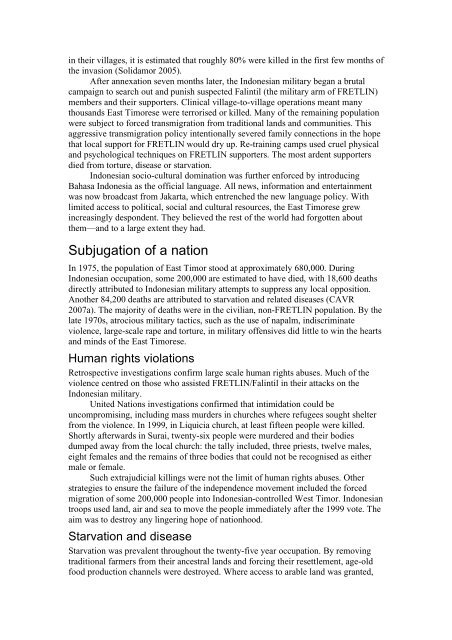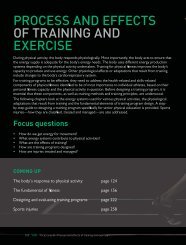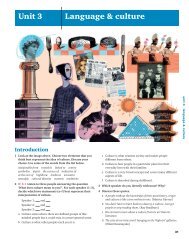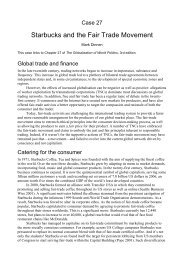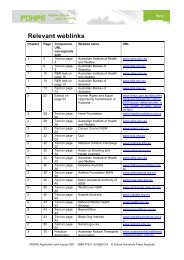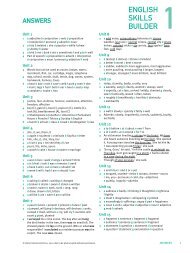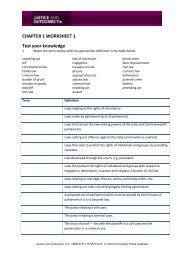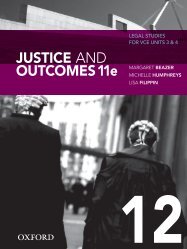The Subjugation of a Distinct 'Nation': East Timor and Indonesia
The Subjugation of a Distinct 'Nation': East Timor and Indonesia
The Subjugation of a Distinct 'Nation': East Timor and Indonesia
You also want an ePaper? Increase the reach of your titles
YUMPU automatically turns print PDFs into web optimized ePapers that Google loves.
in their villages, it is estimated that roughly 80% were killed in the first few months <strong>of</strong><br />
the invasion (Solidamor 2005).<br />
After annexation seven months later, the <strong>Indonesia</strong>n military began a brutal<br />
campaign to search out <strong>and</strong> punish suspected Falintil (the military arm <strong>of</strong> FRETLIN)<br />
members <strong>and</strong> their supporters. Clinical village-to-village operations meant many<br />
thous<strong>and</strong>s <strong>East</strong> <strong>Timor</strong>ese were terrorised or killed. Many <strong>of</strong> the remaining population<br />
were subject to forced transmigration from traditional l<strong>and</strong>s <strong>and</strong> communities. This<br />
aggressive transmigration policy intentionally severed family connections in the hope<br />
that local support for FRETLIN would dry up. Re-training camps used cruel physical<br />
<strong>and</strong> psychological techniques on FRETLIN supporters. <strong>The</strong> most ardent supporters<br />
died from torture, disease or starvation.<br />
<strong>Indonesia</strong>n socio-cultural domination was further enforced by introducing<br />
Bahasa <strong>Indonesia</strong> as the <strong>of</strong>ficial language. All news, information <strong>and</strong> entertainment<br />
was now broadcast from Jakarta, which entrenched the new language policy. With<br />
limited access to political, social <strong>and</strong> cultural resources, the <strong>East</strong> <strong>Timor</strong>ese grew<br />
increasingly despondent. <strong>The</strong>y believed the rest <strong>of</strong> the world had forgotten about<br />
them—<strong>and</strong> to a large extent they had.<br />
<strong>Subjugation</strong> <strong>of</strong> a nation<br />
In 1975, the population <strong>of</strong> <strong>East</strong> <strong>Timor</strong> stood at approximately 680,000. During<br />
<strong>Indonesia</strong>n occupation, some 200,000 are estimated to have died, with 18,600 deaths<br />
directly attributed to <strong>Indonesia</strong>n military attempts to suppress any local opposition.<br />
Another 84,200 deaths are attributed to starvation <strong>and</strong> related diseases (CAVR<br />
2007a). <strong>The</strong> majority <strong>of</strong> deaths were in the civilian, non-FRETLIN population. By the<br />
late 1970s, atrocious military tactics, such as the use <strong>of</strong> napalm, indiscriminate<br />
violence, large-scale rape <strong>and</strong> torture, in military <strong>of</strong>fensives did little to win the hearts<br />
<strong>and</strong> minds <strong>of</strong> the <strong>East</strong> <strong>Timor</strong>ese.<br />
Human rights violations<br />
Retrospective investigations confirm large scale human rights abuses. Much <strong>of</strong> the<br />
violence centred on those who assisted FRETLIN/Falintil in their attacks on the<br />
<strong>Indonesia</strong>n military.<br />
United Nations investigations confirmed that intimidation could be<br />
uncompromising, including mass murders in churches where refugees sought shelter<br />
from the violence. In 1999, in Liquicia church, at least fifteen people were killed.<br />
Shortly afterwards in Surai, twenty-six people were murdered <strong>and</strong> their bodies<br />
dumped away from the local church: the tally included, three priests, twelve males,<br />
eight females <strong>and</strong> the remains <strong>of</strong> three bodies that could not be recognised as either<br />
male or female.<br />
Such extrajudicial killings were not the limit <strong>of</strong> human rights abuses. Other<br />
strategies to ensure the failure <strong>of</strong> the independence movement included the forced<br />
migration <strong>of</strong> some 200,000 people into <strong>Indonesia</strong>n-controlled West <strong>Timor</strong>. <strong>Indonesia</strong>n<br />
troops used l<strong>and</strong>, air <strong>and</strong> sea to move the people immediately after the 1999 vote. <strong>The</strong><br />
aim was to destroy any lingering hope <strong>of</strong> nationhood.<br />
Starvation <strong>and</strong> disease<br />
Starvation was prevalent throughout the twenty-five year occupation. By removing<br />
traditional farmers from their ancestral l<strong>and</strong>s <strong>and</strong> forcing their resettlement, age-old<br />
food production channels were destroyed. Where access to arable l<strong>and</strong> was granted,


